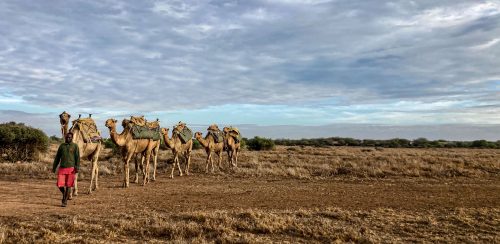
From the moment we landed in Laikipia, our senses were on full alert, something that always seems to happen as soon as I touch ground in Africa. Landing at the airstrip, the heat radiated from the ground, and I could smell the dry, arid environment while gazing at the vast landscape that enveloped us.
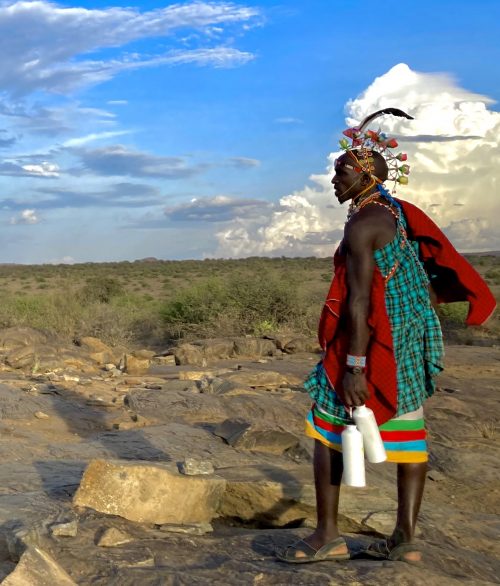
Our warm yet professional guide, Gabriel, with Karisia Walking Safaris, met us off the Safarilink flight from Nairobi and briefed us about what to expect on our drive to camp. We could hardly comprehend how, after just a two-hour flight from Nairobi, we had landed in a completely different world.
Camels ambled across the roads whilst chickens and goats raced in front of the Landcruiser with kamikaze-like abandon. Women with their donkeys walked to fetch water from sand rivers, adorned in bright and colourful clothing, yet it was clear the Laikipia Plateau was in the grips of a drought. Being off-grid and in less travelled areas, we were not sheltered from the consequences of failed rains, climate change and the harsh realities of a nomadic pastoralist lifestyle.
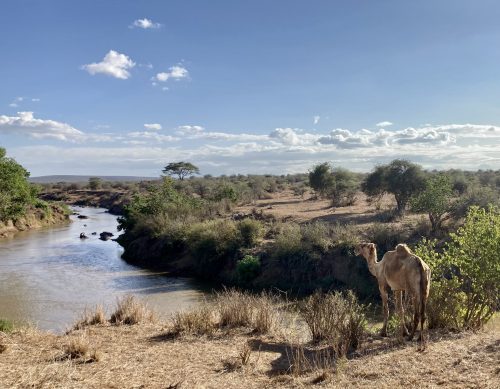
We arrived at our meeting point to be met by the ever-charming Kerry Christian. Kerry and her husband Jamie are real experts — they really know their birds, understand the terrain, are expert guides and delightful hosts, too.
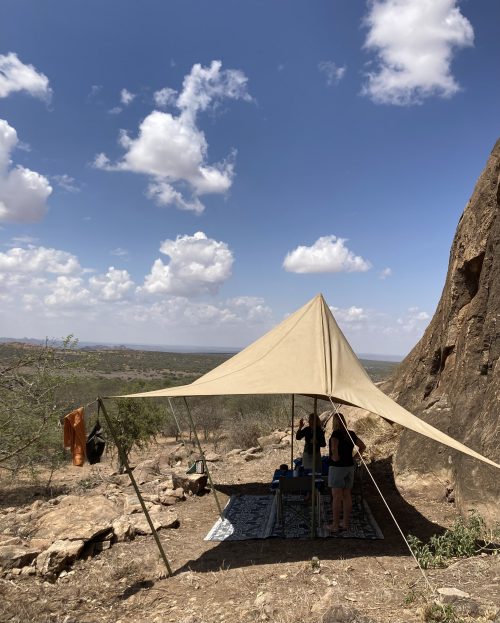
We enjoyed a picnic lunch in a wonderful setting with views over the rugged Laikipia terrain full of huge boulders jutting out of the earth before checking into Tumaren Camp. The guest areas and tents look out over the waterhole where reticulated giraffe and oryx drink. The birdlife all around the camp is wonderful, filling the background with noisy chatter. All the tents are large, airy and have all you need — including a torch to get to your bathroom next door.
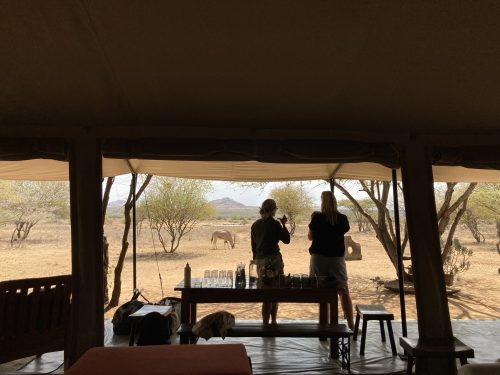
In the afternoon, we wandered to some rocks which we ‘elegantly’ clambered up and enjoyed our first gin and tonic, looking out over what felt like the whole of Laikipia.
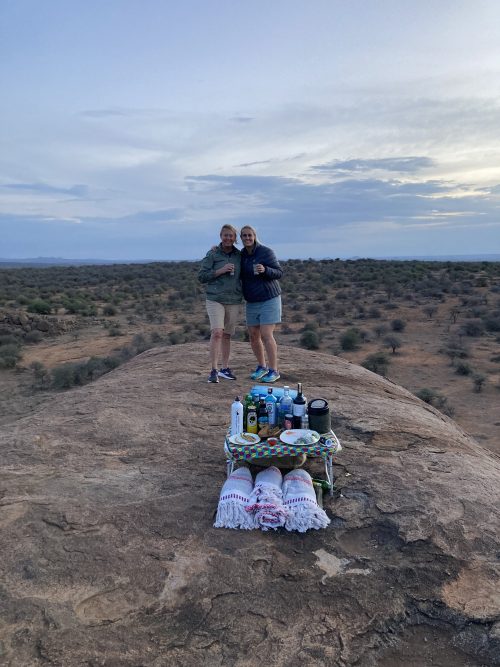
The next morning, we were ready for the main event: our walking safari. We learnt that your 'camel train' is typically all-male or all-female. We had the boys, and whilst we had our morning coffee, they were saddled up with all the camping equipment, food and our bags. After our safety briefing, we set off.
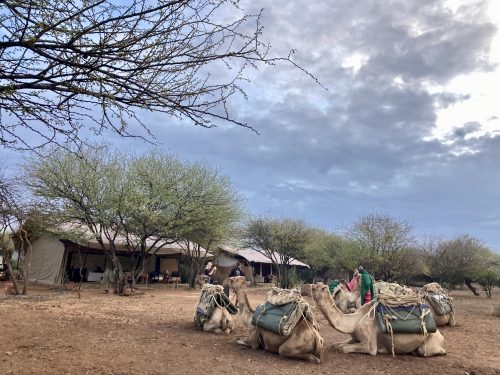
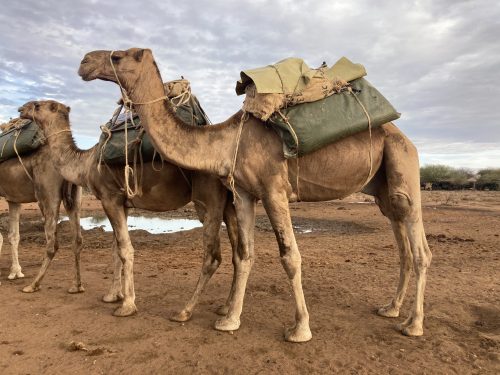
Being on foot allowed us to get close to the wildlife in the area and gave us the opportunity to pause and look at the small things. After a few hours, we stopped for breakfast and were surprised by a full spread under a fly sheet — cooked breakfast, freshly pressed juices and Kenyan coffee. After a couple more hours on foot, we arrived at our camp for the night in the Lower Ewaso area, right on the river. The setting was beautiful, a wonderful way to kick back and relax whiling away the hottest hours of the afternoon watching naughty monkeys in the trees by the river whilst being lulled to sleep by the clink-clonk of the camel bells grazing off-lead around us.
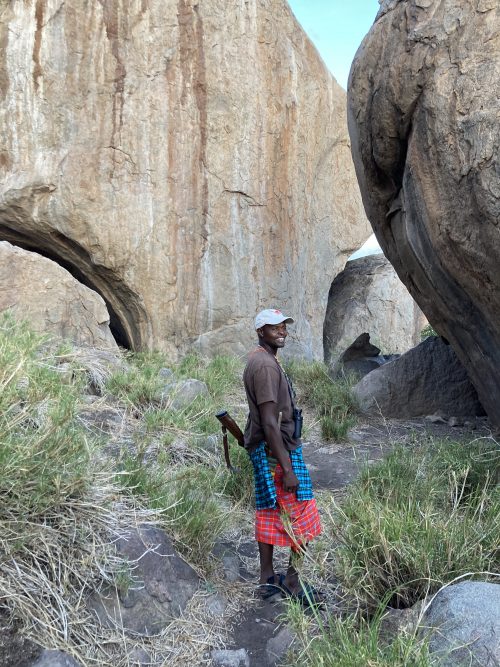
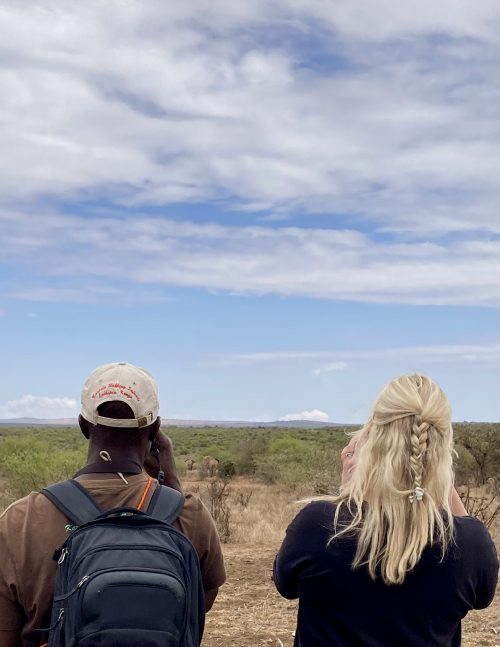
Late afternoon, in the cooler hours, we enjoyed another walk. We were excited to come across a small herd of elephants and with clear direction from our guide, were able to get very close. On our way back to camp, we were delighted to visit the boma where the female camels were hanging about with their young, allowing us to mingle with them. It was such fun as the camels were very curious and wanted to check us out. The boma was also full of the goats and sheep of the local herdsmen and it was a great cultural interaction for us to watch the milking of the camels, and the team preparing for the night, securing the boma against lions.
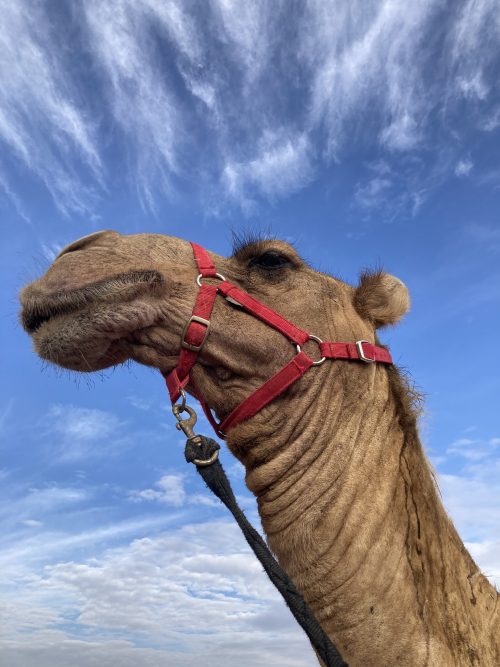
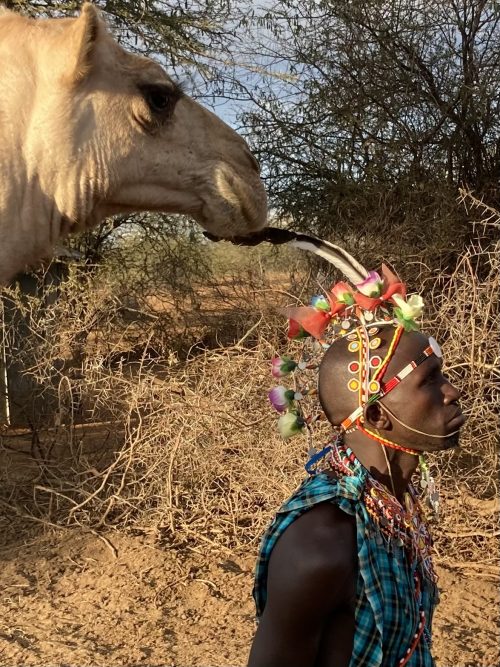
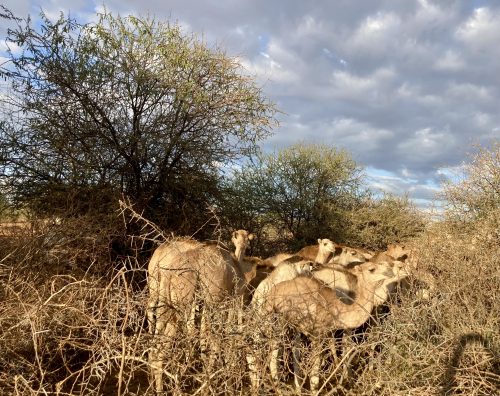
Dinner was outside and the sky was alight with stars — with no man-made light or any electricity for miles and miles, the night was dark and the stars bright. The perfect conclusion to a magical experience in the Big North.
Filed under: East Africa Travel
Subscribe for Weekly Stories
Comments (0):
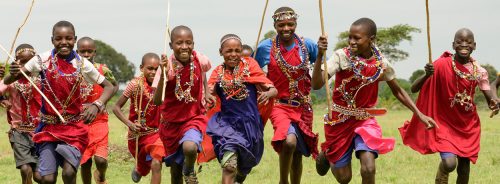
The Angama Foundation